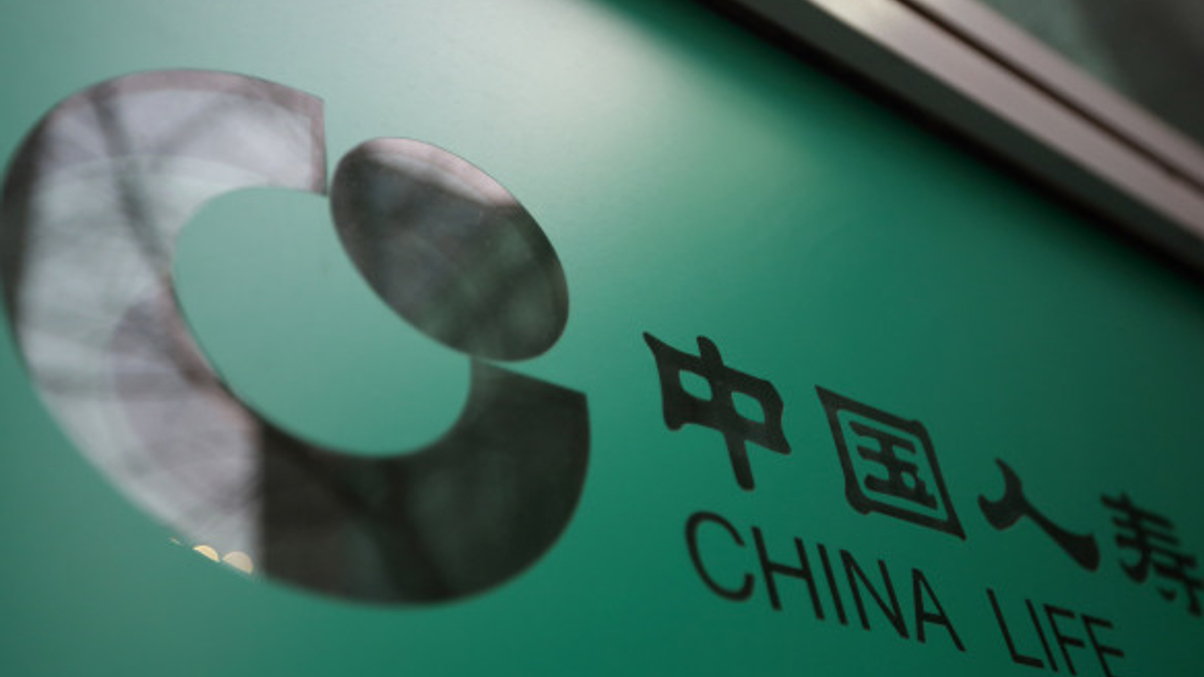China Life favours equity but wary on foreign assets
The state-owned insurer explains why it favours equities despite imminent risks, while taking a more cautious stance towards allocating overseas.

China Life Insurance Company is optimistic about the long-term prospects of equities, encouraged by the asset class’s performance in the first half of the year and a recent ruling by regulators to lift the cap on insurers’ equity investments. However, it is cautious about investing overseas.
Sign in to read on!
Registered users get 2 free articles in 30 days.
Subscribers have full unlimited access to AsianInvestor
Not signed up? New users get 2 free articles per month, plus a 7-day unlimited free trial.
¬ Haymarket Media Limited. All rights reserved.


